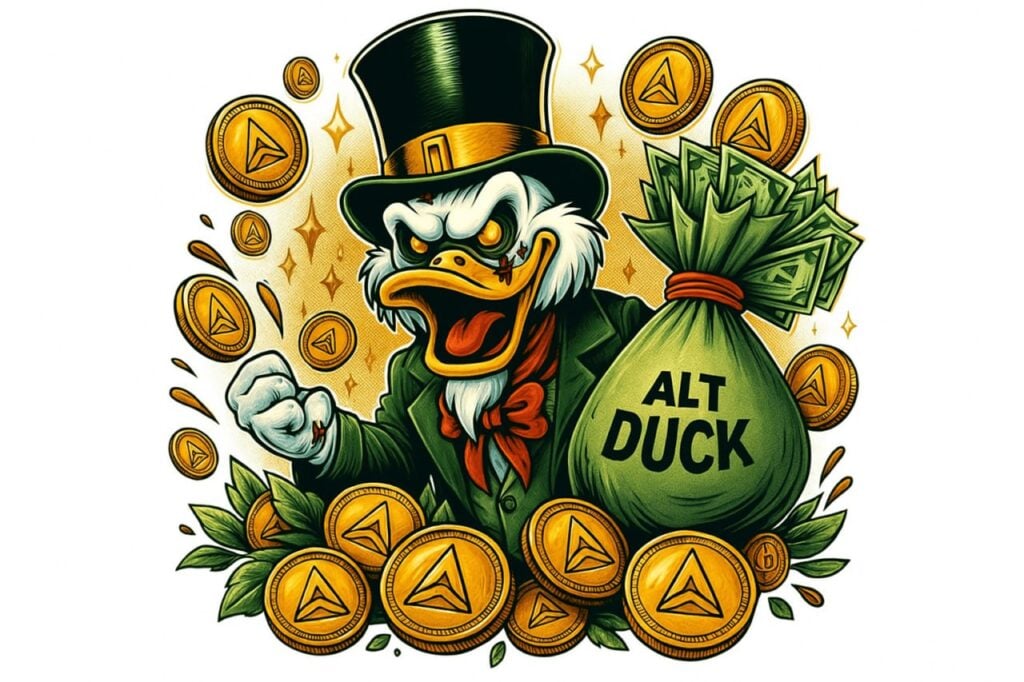What Are Altcoins?

The world of cryptocurrency is vast and constantly evolving. While Bitcoin remains the most recognized digital asset, a growing number of alternative cryptocurrencies — or altcoins — have entered the market, offering new features, technologies, and investment opportunities.
Altcoin Definition and Meaning
So, what is an altcoin? The term “altcoin” is short for “alternative coin” and refers to any cryptocurrency other than Bitcoin. These digital currencies were developed to improve upon or offer alternatives to the original Bitcoin model. The altcoin definition varies slightly depending on the context, but most experts agree: altcoins are designed to fulfill specific use cases in the blockchain ecosystem, from payments and smart contracts to privacy and governance.
In the broader crypto world, the meaning of altcoin encompasses a wide range of assets that power decentralized applications, support financial services (DeFi), or represent new technological innovations.
Types of Altcoins
Altcoins can be grouped into several distinct categories based on their functions and technologies. Understanding the types of altcoins helps investors and enthusiasts navigate the diverse and complex crypto market.
There are several core types of altcoin cryptocurrency, each serving a unique role in the blockchain ecosystem:
- Stablecoins — these are pegged to fiat currencies like the US Dollar and aim to reduce volatility (e.g., USDT, USDC);
- Utility Tokens — used to access specific features or services within a blockchain project (e.g., BNB, BAT);
- Security Tokens — represent ownership in real-world assets or traditional investments;
- Meme Coins — created mostly for fun or community support, often with viral appeal (e.g., Dogecoin, Shiba Inu);
- Governance Tokens — allow holders to vote on key protocol decisions (e.g., UNI, AAVE).
Each category presents different investment potentials, risks, and regulatory considerations. By identifying these differences, investors can better align their portfolios with their personal strategies and risk appetite.
Examples of Altcoins
There are thousands of altcoin examples, but a few have gained significant traction in the industry. Ethereum (ETH) is the most prominent, offering a platform for smart contracts and decentralized applications. Cardano (ADA) focuses on scalability and sustainability. Solana (SOL) is known for its high-speed transactions. Other notable examples of altcoins include Litecoin (LTC) and Polkadot (DOT).
These altcoin crypto projects vary widely in their goals, technology, and adoption. Choosing the right one requires a deep analysis of market trends, fundamentals, and use cases.
Comparison with Bitcoin
While both Bitcoin and altcoins are part of the broader cryptocurrency market, they differ in important ways. Bitcoin is often viewed as a store of value — digital gold — with a focus on security and decentralization. In contrast, many altcoins aim to solve specific problems or introduce new functionality to blockchain systems.
For example, Ethereum introduced smart contracts, while others emphasize privacy, speed, or cross-chain compatibility. The difference between Bitcoin and altcoins also extends to market capitalization, volatility, and community support.
Understanding the comparison between these assets is crucial for building diversified crypto investment strategies and managing long-term portfolios.
How Many Altcoins Exist?
So, how many altcoins are there today? According to leading crypto exchanges and market aggregators, there are over 10,000 altcoins currently in circulation, and the number continues to grow.
This explosive growth is driven by innovation, low barriers to entry (especially via ICOs and Initial DEX Offerings), and the increasing demand for niche blockchain solutions. However, not all projects succeed — many lack adoption, utility, or technical depth.
When investing, it’s essential to separate hype from substance by evaluating the performance, team, roadmap, and long-term viability of each coin.
Conclusion
Altcoins are reshaping the future of cryptocurrency by providing diverse options beyond Bitcoin. From stablecoins to DeFi tokens, the altcoin space is rich with opportunity, but also carries significant risks and volatility.
By understanding the types of altcoins, their functions, and how they compare with Bitcoin, investors can make more informed decisions. As the crypto market matures, altcoins will likely continue to play a key role in driving blockchain innovation and adoption. Platforms like ironwallet.io are helping to support this evolution by offering secure and user-friendly crypto management solutions.








